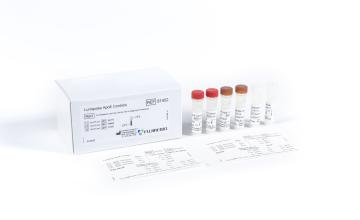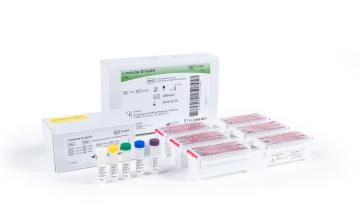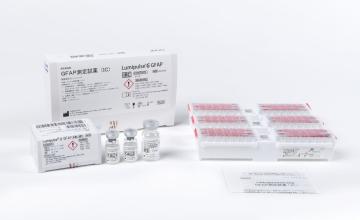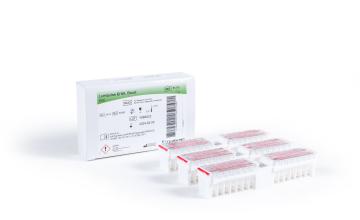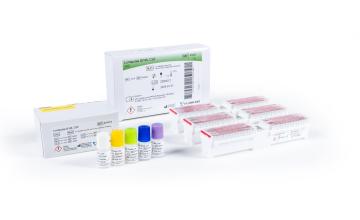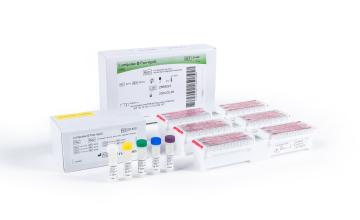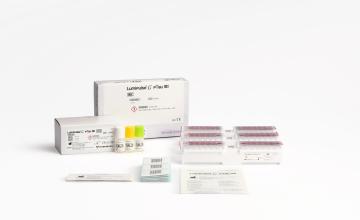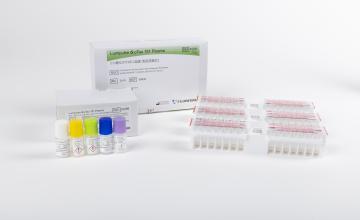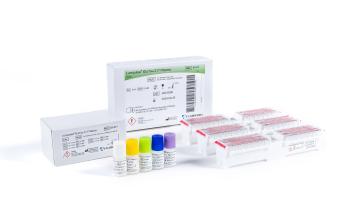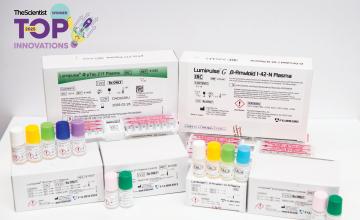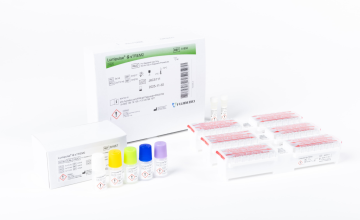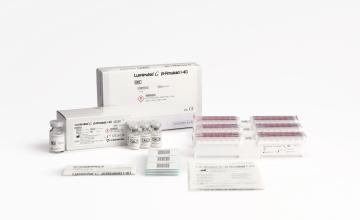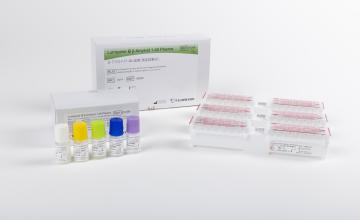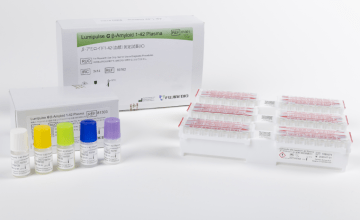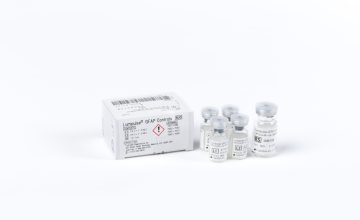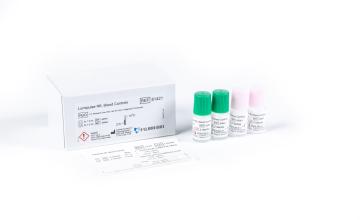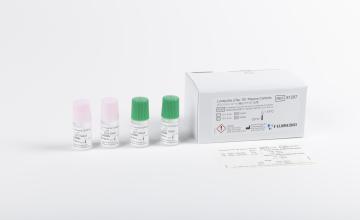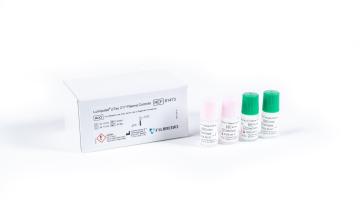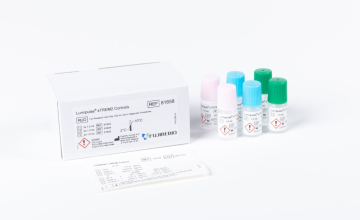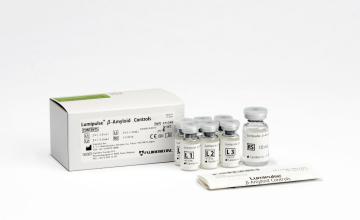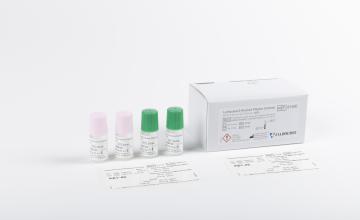On November 3, 1906, the German clinical psychiatrist and neuroanatomist Alois Alzheimer reported “A...
Aβ1-42/Aβ1-40 ratio to decrease preanalytical variability
Oct 13, 2020
- Aβ1-42 adsorption to plastic is a relevant preanalytical factor in laboratory practice.
- Adsorption to plastic seems to affect different Aβ isoforms in a similar manner, so the Aβ1- 42/Aβ1-40 ratio compensates for this preanalytical source of error.
One cause of discordant results is the preanalytical conditions, e.g. CSF handling procedures that effect Aβ1-42 concentration. Aβ1-42 adsorption is a relevant preanalytical factor in laboratory practice of CSF biomarker testing. Consensus on the relevance of preanalytical concentration loss in regard to Aβ1-42 but not p-tau or t-tau has existed for some time, underscored by a study from 2006 utilizing different collection tubes (polycarbonate, modified polystyrene, polystyrene, and polypropylene), that showed that Aβ peptides and some tTau, but not pTau adsorbs to plastic surfaces. This is also seen in routine clinical analysis of samples [10]. Adsorption to plastic seems to effect different Aβ isoforms in a similar manner, allowing the Aβ1-42/Aβ1-40 ratio to partially compensate for this preanalytical error.10–12
Adsorption in polypropylene sample tubes has consistently been shown to be specific for amyloid peptides whereas t-tau and p-tau are not affected. According to a study by Willemse et al. (2018), on average 5% of Aβ1-42 in CSF is lost due to adsorption with every tube transfer. In smaller aliquot volumes, the adsorption can increase up to 10% with approximately half of the Aβ1-42 loss occurring in the pipette tip during transfer. Use of the Aβ1–42/Aβ1–40 ratio partly eliminates this adsorption effect.10,13
In the future the Aβ1–42/Aβ1–40 ratio may provide more consistent inter-laboratory results. Dumurgier et al. showed that the mean Aβ1–42/Aβ1–40 ratio was comparable across testing centers, despite the significant inter-center differences in reported CSF Aβ1-40 and Aβ1-42 levels. Taken together, this ratio seems to be less sensitive to preanalytical and analytical sources of variability at both intra- and inter-laboratory levels.14
10. Toombs J, Foiani MS, Wellington H, et al. Amyloid beta peptides are differentially vulnerable to preanalytical surface exposure, an effect incompletely mitigated by the use of ratios. Alzheimer’s Dement (Amsterdam, Netherlands). 2018;10:311-321. doi:10.1016/j.dadm.2018.02.005
11. Vanderstichele HMJ, Janelidze S, Demeyer L, et al. Optimized Standard Operating Procedures for the Analysis of Cerebrospinal Fluid Abeta42 and the Ratios of Abeta Isoforms Using Low Protein Binding Tubes. J Alzheimers Dis. 2016;53(3):1121-1132. doi:10.3233/JAD-160286
12. Delaby C, Munoz L, Torres S, et al. Impact of CSF storage volume on the analysis of Alzheimer’s disease biomarkers on an automated platform. Clin Chim Acta. 2019;490:98-101. doi:10.1016/j.cca.2018.12.021
13. Willemse E, van Uffelen K, Brix B, Engelborghs S, Vanderstichele H, Teunissen C. How to handle adsorption of cerebrospinal fluid amyloid beta (1-42) in laboratory practice? Identifying problematic handlings and resolving the issue by use of the Abeta42/Abeta40 ratio. Alzheimers Dement. 2017;13(8):885-892. doi:10.1016/j.jalz.2017.01.010
14. Dumurgier J, Schraen S, Gabelle A, et al. Cerebrospinal fluid amyloid-beta 42/40 ratio in clinical setting of memory centers: a multicentric study. Alzheimers Res Ther. 2015;7(1):30. doi:10.1186/s13195-015-0114-5
FDI-589 06/20




















